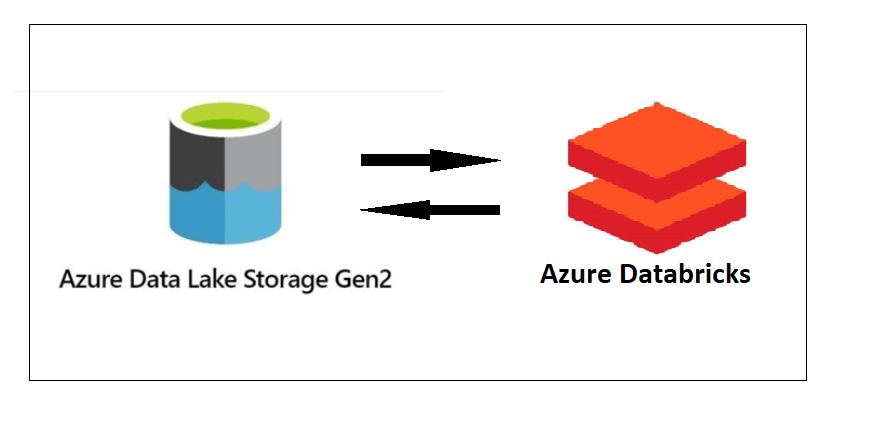An Application of Microsoft Purview Authentication Workflow for API and Data Sources
Microsoft Purview is a powerful data catalog and governance solution that helps organization discover metadata and manage their data assets. In front end, it provides web portal for business user to browse metadata and manage data mapping; in the back end, it provides API to access data source for scanning and Purview instance for business metadata updating through data process pipeline in batch job so that one critical aspect of using Purview is API authentication, especially when integrating with other services and applications.
In this article, we’ll take a deep dive into how Purview uses OAuth2.0 authentication for service principals and the secure way to access and manage data source for scanning, providing a comprehensive understanding of the process.



